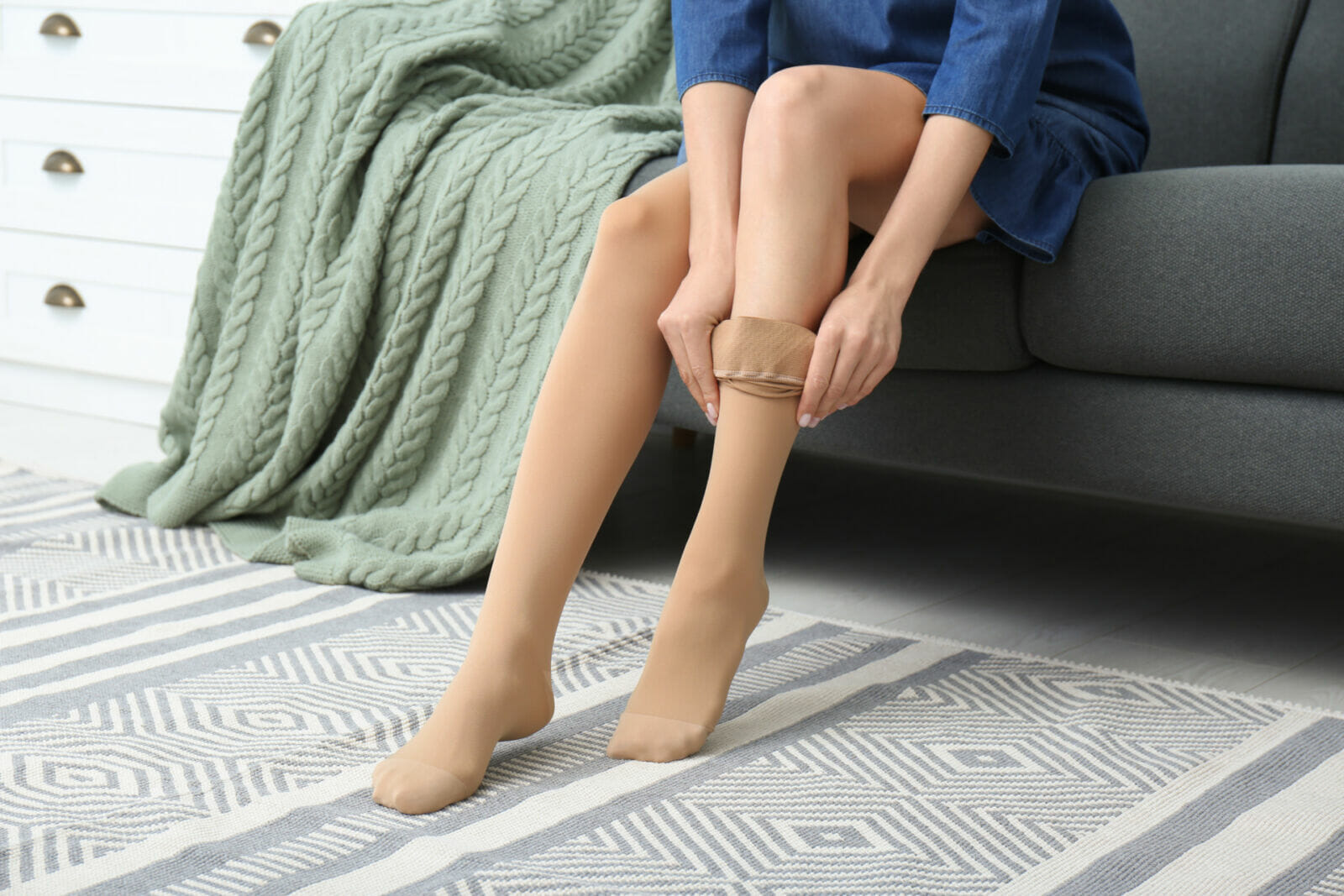Spider veins and varicose veins are conditions that affect most adults throughout their lifetime. It is estimated that 50 to 70 percent of adults have either spider veins or varicose veins. These unsightly and often uncomfortable veins are more likely to form as you age but the reality is they can show up in younger adults as well. Spider veins and varicose veins are an obvious cosmetic issue for many people, but more importantly, if the underlying issues that cause these veins are not treated it can lead to deep vein thrombosis, which is when a blood clot forms in a deep vein. A doctor with the proper training and knowledge treating these venous disorders can lead to healthier outcomes while also helping your feel more confident in your own skin by fixing the cosmetic and medical issues. As a vein doctor with over 30 years of experience, I understand the benefits of proper treatment and prevention of spider veins and varicose veins. Here are a few tips to prevent spider veins and treatments that might help you. As always it is important to note that there is no one size fits all treatment plan so consult a vein specialist about what treatments are best for you.
READ ALSO: Ranking Arizona: Top 10 best places to live for 2022
Laser vein removal
The use of lasers in medical procedures has become common practice in many medical fields and vein treatments are no exception. Endovenous laser treatment or EVLT is a procedure that eliminates unsightly and painful varicose veins. An IV needle is inserted into the vein and then we slip a tiny laser fiber the size of angel hair pasta through that needle. The laser then heats, damaging the varicose vein which then seals the vein walls shut. The vein is eventually reabsorbed by the body and the blood is rerouted to healthy nearby veins. The procedure uses a local anesthetic so it is painless.
The benefits of the procedure are that it only takes a few minutes, is a minimally invasive procedure, and patients can return to normal activity the same day.
EVLT is usually recommended for patients with varicose veins too large to treat via our next treatment method.
Sclerotherapy
Sclerotherapy is the most common treatment for spider veins. The procedure involves one or a series of medication injections. A solution is injected into the spider vein via a needle and that solution damages the inner lining of the vein. The venous blood is redirected from overstretched transparent walled veins into thicker walled veins.
The most common vein solutions used are the FDA-approved sotradecol and polidocanol. Both solutions are painless and deliver good results consistently. Sclerotherapy is best used for isolated spider veins and not larger varicose veins. Many times repeated sessions are necessary to ensure the treated veins will remain closed.
The procedure requires you to wear a compression sock for a few days to ensure the treated vein does not retain blood.
Phlebectomy
An ambulatory phlebectomy is another treatment option best suited for dealing with the largest varicose veins. This procedure is minimally invasive and involves creating micro-incisions along the length of the varicose vein with a local anesthetic only. The doctor then uses a tiny instrument to remove the vein in sections. No stitches are needed for this procedure and it causes no scarring.
The recovery time for this procedure is short, does not require pain medication, and patients can do light activities right away. Wearing a compression stocking is recommended to help with healthy blood flow.
Ensure your doctor is doing their due diligence
When you see a vein specialist it is important that they conduct a complete medical evaluation so you and your doctor can have a complete picture. Removing spider veins and varicose veins with an understanding of the underlying conditions that cause them is essential. It is important to figure out if any other underlying venous disorders exist because they will dictate what the best treatment plan is. Make sure that your doctor is crafting a treatment plan that is designed for you and make sure they have a commitment to guide you through that treatment plan to the end.
Treatment is a great option for people already dealing with spider veins and varicose veins but it is also important to take practical steps to prevent these conditions from occurring. Not everyone can avoid spider veins but taking these steps will make it less likely that they occur or will become a serious issue.
Get out and exercise
Exercise is one of the best tools for spider vein prevention. A person who frequently exercises will have better circulation which ensures your veins are pushing blood to every part of your body. You don’t have to do intense workouts to successfully prevent spider veins.
Do anything you can to get your legs moving. A nice walk, bike ride or swim a few times a week can go a long way in preventing spider veins and varicose veins. You still need to get up and move even if being active is difficult for you. At least get up every half hour and walk around. Healthy blood flow is the best way to prevent spider veins and varicose veins so get out and get that blood moving.
Dress comfortably
Tight and uncomfortable clothing can restrict blood flow and make spider veins more likely. Tight pants can restrict blood flow to the legs, waist, and groins and wearing high heels can do the same. Wear comfortable clothes when possible.
I recommend wearing a compression stocking if you are planning on sitting for long periods of time while working or traveling. They can be bought at any local pharmacy and will help prevent spider veins from appearing.
Regularly wear sunscreen
Arizona residents know better than most about the importance of sunscreen. However, sunscreen is also an effective tool to prevent spider veins. Frequent exposure to the sun is linked to spider vein development. Facial spider veins tend to develop around the chin, nose and cheeks as the sun rays break down collagen in the face which breaks down the wall of our blood vessels.
Daily application of sunscreen means you are less likely to suffer from spider veins.
Author: Dr. Lawrence Presant is the chief medical officer atArizona Vein Specialists in Phoenix. He is a diplomat of the American Board of Venous and Lymphatic Medicine.




